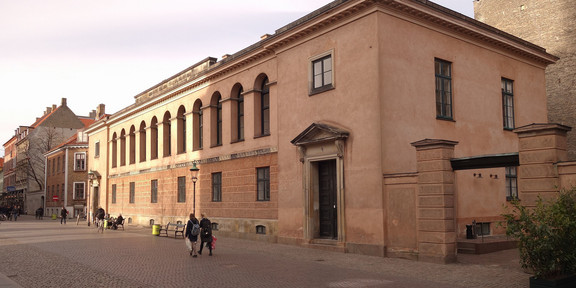Start of the project "Persistence or change? – Lessons from the introduction of enhetsskolen in Denmark and Norway"

The project will contribute to the global debate about how to overcome today’s societal challenges in terms of educational inequalities and restricted educational systems. We will provide key knowledge regarding the role educational systems played in the development of the oft-envied high levels of social equality in Denmark and Norway today.
The recent increase in the number of private schools in Scandinavia has created debate about the social impact this will have, as it stands in stark contrast to the existing education model, which is based on inclusion and equal access. In the light of increasing social and educational inequalities in Norway and Denmark, this project will study the long-term effects of these countries’ inclusive school system: enhetsskolen (unity school). Under this system, all schools use a common curriculum and all children, regardless of their background, attend the same school for 10 years. What consequences will the emerging trend of private schooling have for inequality? Should we strive to maintain enhetsskolen? Is it the foundation of equal opportunity? This project turns to history to address these issues, by following the creation of enhetsskolen in Denmark and Norway from the late 19th century over a period of 150 years to find out what has worked and what has not in terms of achieving the goal of increasing social and economic equality. The project will then map the lifespan of individuals entering and graduating from the school system; the educational and occupational background of their parents, siblings, children and spouses, and we will make comparisons with those individuals who did not obtain an education. To what extent did the enhetskolen succeed in facilitating equal possibilities? How long did the process take, and were there regions where the reforms worked better than in others?

